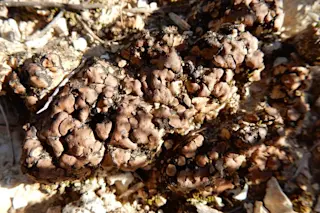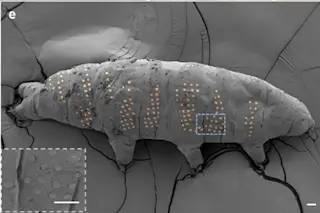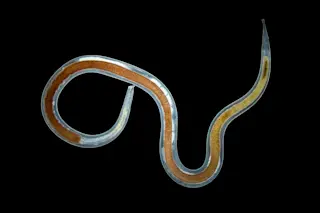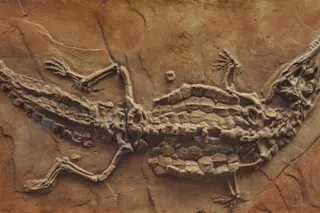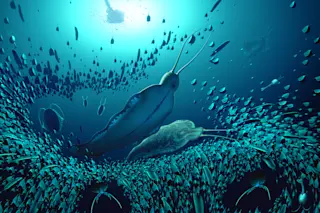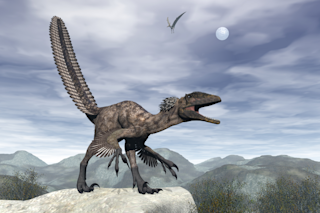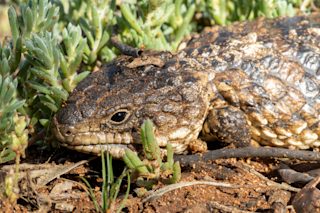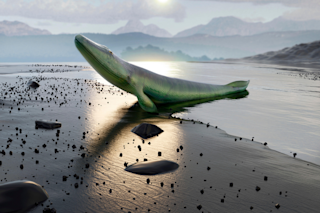‘Something in the insect seems to be alien to the habits, morals, and psychology of this world, as if it had come from some other planet, more monstrous, more energetic, more insensate, more atrocious, more infernal than our own.’
—Maurice Maeterlinck, Belgian playwright, 1862-1949
Such animosity hardly seems justified. Of the approximately 9 million species of insects on Earth—the vast majority undiscovered and unnamed—only about 11/2 percent do us any harm. The rest have either no direct impact or provide some very obvious and indispensable benefits to humans. They pollinate plants, including 80 percent of the world’s 94 major food crops, as well as vast tracts of tropical rain forest. They decompose our dead and all the waste that animals and plants produce, from dung to discarded skin, feathers to hair, dead leaves to rotten wood. They protect our harvests by eating the pests and the weeds that would destroy ...


